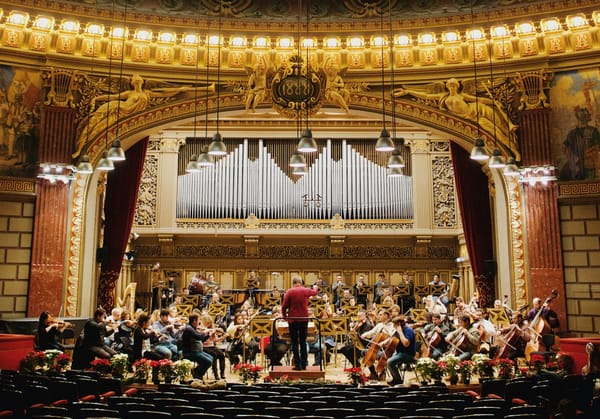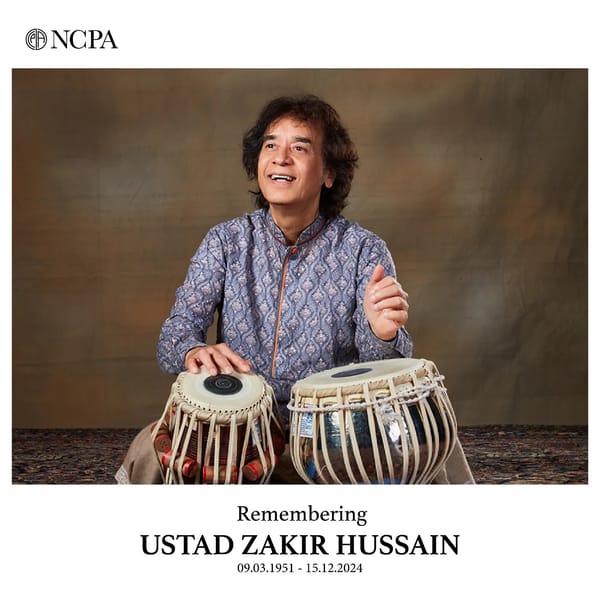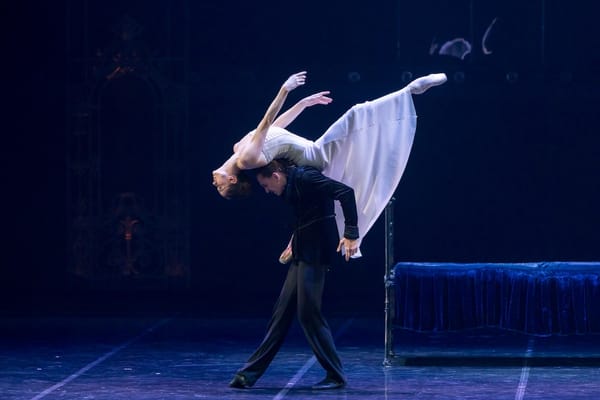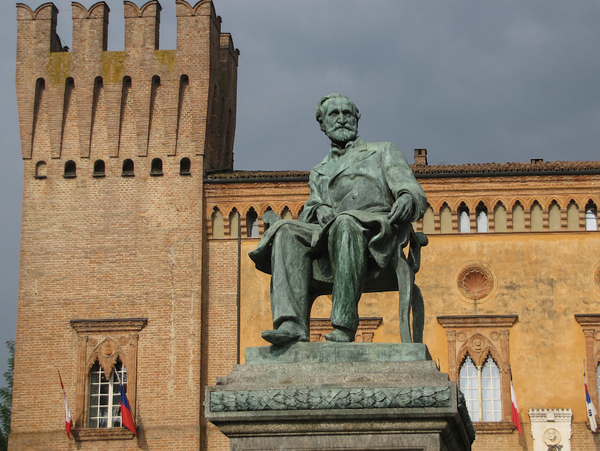Dido and Aeneas: Henry Purcell's Operatic Masterpiece
Dido and Aeneas by Henry Purcell is a Baroque masterpiece blending profound emotion, exquisite music, and timeless themes of love and destiny. Its iconic lament, “When I am laid in earth,” remains an operatic touchstone.
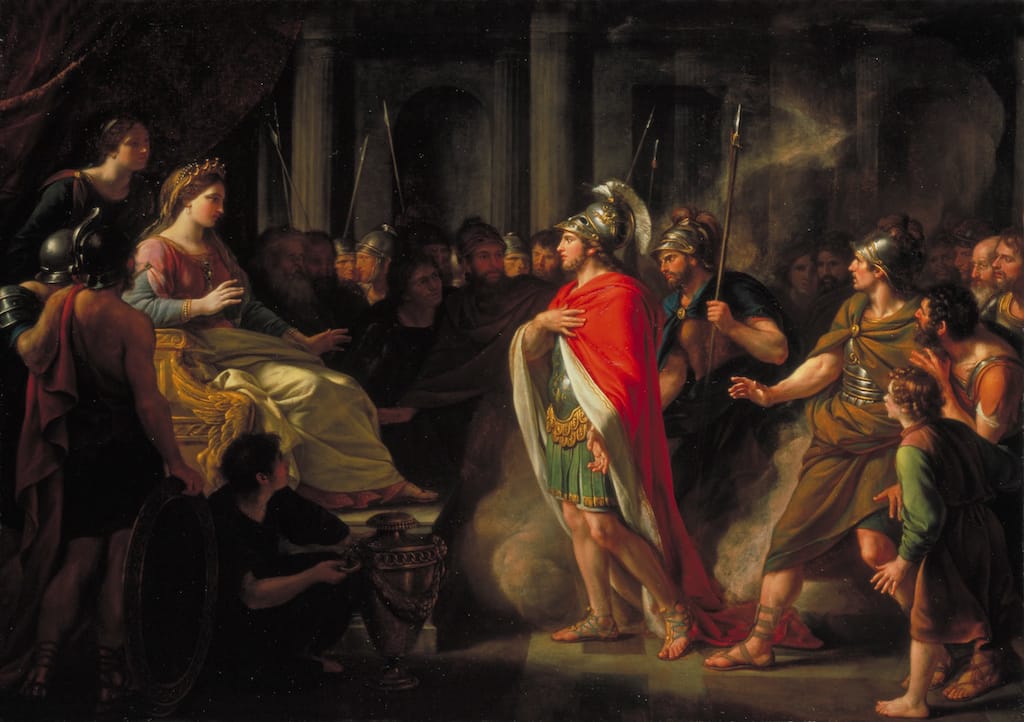
Henry Purcell’s Dido and Aeneas stands as one of the crowning achievements of Baroque opera, and one of the earliest examples of English opera. Composed around 1689, this tragic work is celebrated not only for its emotional depth and musical sophistication but also for its cultural and historical significance. For a discerning audience familiar with the nuances of classical music, Dido and Aeneas offers a wealth of insight into the development of opera, the artistry of Purcell, and the broader cultural context of late 17th-century England.
The Historical and Cultural Context
The late 17th century was a turbulent period in England’s history. The English Civil War, the Interregnum, and the subsequent Restoration of the monarchy under Charles II in 1660 reshaped the nation's cultural and artistic landscape. Charles II, inspired by French opera and ballet, encouraged the development of English music and theatre, paving the way for composers like Henry Purcell to thrive.
Opera as a genre was still finding its footing in England during this period. Unlike Italy, where opera had become a dominant art form, English audiences were more accustomed to masques—a hybrid of drama, music, and dance. Dido and Aeneas reflects this transitional period, blending elements of the masque with the structural integrity of Italian opera, creating a distinctly English work.
The Story: Tragedy in Three Acts
The libretto, penned by Nahum Tate, is adapted from Book IV of Virgil’s Aeneid, recounting the ill-fated love between Dido, the Queen of Carthage, and Aeneas, a Trojan prince. The plot is condensed into three acts, balancing dramatic tension with emotional resonance.
- Act I introduces Dido in her court, expressing her doubts about her love for Aeneas. Her confidante, Belinda, reassures her, and the court celebrates the union of the two lovers.
- Act II reveals the machinations of a Sorceress and her witches, who conspire to destroy Carthage and Dido. A spirit disguised as Mercury instructs Aeneas to leave Carthage and fulfil his destiny of founding Rome.
- Act III portrays Dido’s heartbreak as Aeneas prepares to depart. Despite his offer to stay, she refuses, viewing his departure as inevitable. The opera concludes with Dido’s poignant lament, “When I am laid in earth,” as she resigns herself to death.
Musical Highlights
Purcell’s score is a masterclass in economy and expression, with each note serving the drama and emotional trajectory of the story.
- Overture and Dance Movements
The French-style overture sets the tone with its stately opening and lively fugal section. Dance interludes, including the Sailors’ Chorus in Act III, infuse the work with energy and contrast. - Arioso and Recitative
Purcell seamlessly blends arioso and recitative, creating a fluid narrative. The dialogue between Dido and Belinda in Act I exemplifies this, with music that mirrors their shifting emotions. - Choruses
The choruses in Dido and Aeneas serve multiple roles, from commenting on the action to heightening the dramatic stakes. The witches’ chorus, “Ho ho ho,” is both menacing and darkly humorous, while the final chorus mourns Dido’s death with solemn beauty. - Dido’s Lament
The aria “When I am laid in earth” is the opera’s emotional centrepiece. The descending ground bass, a hallmark of Baroque composition, underpins Dido’s sorrow, creating a sense of inexorable fate. The plaintive melody, paired with Purcell’s sensitive text setting, captures the universality of grief, making this aria one of the most celebrated in operatic history.
Themes and Symbolism
Dido and Aeneas explores timeless themes of love, duty, betrayal, and fate. The conflict between personal desire and larger obligations is central to the tragedy. Aeneas’ departure, driven by divine intervention, highlights the tension between human agency and destiny.
The role of the supernatural, embodied by the Sorceress and her witches, adds a layer of complexity. Their malevolent influence serves as a metaphor for the chaos and destruction that threaten Carthage and Dido’s happiness.
Dido herself is a richly drawn character, embodying both regal dignity and profound vulnerability. Her final lament is not just a personal farewell but a commentary on the fragility of human life and the enduring pain of unfulfilled love.
Performance History and Reception
The premiere of Dido and Aeneas likely took place at Josias Priest’s girls’ school in Chelsea, a modest venue for a work of such emotional and musical grandeur. This intimate setting may explain the opera’s concise structure and the prominence of the chorus, which allowed for greater participation by the students.
After its initial performances, Dido and Aeneas fell into obscurity, as public interest in opera waned in England. It was not until the early 20th century that the work was revived, gaining recognition as one of Purcell’s masterpieces. Today, it is a staple of the operatic repertoire, admired for its expressive power and timeless appeal.
Interpretations and Adaptations
Directors and performers have approached Dido and Aeneas in myriad ways, from historically informed performances with period instruments to modern stagings that emphasize its psychological and emotional depths. The opera’s brevity and versatility make it suitable for both grand productions and chamber settings.
One notable interpretation is the exploration of Dido’s character as a symbol of female agency and resilience. Contemporary productions often highlight her strength in facing her tragic fate, offering a feminist reading of the narrative.
Purcell’s Legacy
Henry Purcell’s contribution to English music is immeasurable, and Dido and Aeneas remains one of his most enduring works. Through its synthesis of French, Italian, and English influences, the opera exemplifies Purcell’s genius for blending disparate styles into a cohesive whole.
Purcell’s use of ground bass, word painting, and dramatic contrast set a precedent for future composers. His ability to capture the emotional essence of a text influenced later English composers, including Benjamin Britten, who drew inspiration from Purcell in works like The Rape of Lucretia.
Conclusion
Dido and Aeneas is more than an opera; it is a testament to the transformative power of music and storytelling. For a modern audience, the work resonates with its exploration of universal themes and its exquisite musical craftsmanship. As a cornerstone of the Baroque repertoire, it invites listeners to reflect on the enduring legacy of Henry Purcell and the timeless appeal of his art.


